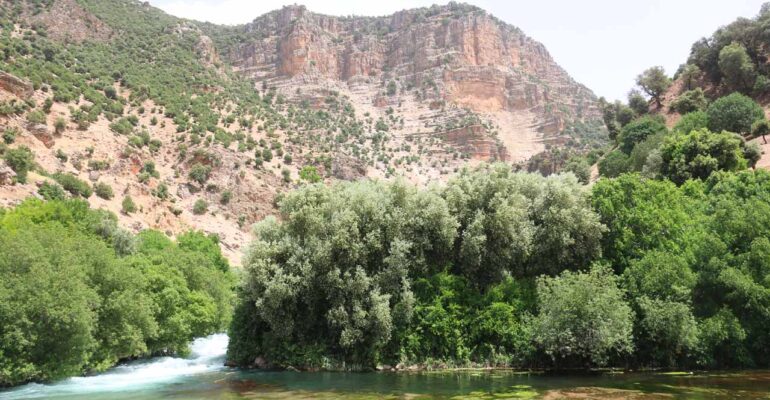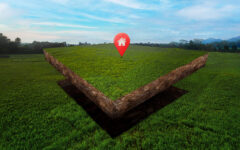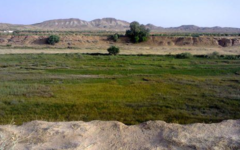The Influence of River Flow on the Dynamics of Mobility Zones and The Creation of Bottom Morphologies of the Lakhdar Wadi Channel During 2019 – 2020 – Oum Errabia Watershed – Morocco –
22 September 2023 2023-10-27 23:23The Influence of River Flow on the Dynamics of Mobility Zones and The Creation of Bottom Morphologies of the Lakhdar Wadi Channel During 2019 – 2020 – Oum Errabia Watershed – Morocco –

The Influence of River Flow on the Dynamics of Mobility Zones and The Creation of Bottom Morphologies of the Lakhdar Wadi Channel During 2019 – 2020 – Oum Errabia Watershed – Morocco –
Abdellah ELOUIAZZANI (1), Abdellatif LAGNI (2), Ayoub YAZINI (3), Mohamed EL GHACHI (4)
Faculty of Letters and Humanities,
Sultan Moulay Slimane University,Béni Mellal, Morocco
The climate, particularly precipitation, plays a crucial role in watershed dynamics. Precipitation is considered the main source of discharge, which acts as the driving force behind fluvial dynamics. This dynamic within the riverine environment contributes to the creation of distinct landscapes and forms that are clear in various areas of the watercourse. These scenes are utilized in human activities or for tourism purposes. This study was conducted in a region characterized by a specific semi-arid climate that is greatly influenced by climate variations between relatively wet and dry years. The Oued Lakhdar stands out with its year-round continuous flow and significant discharge, especially during periods of rainfall and snowfall. During these times, the main channel is supplied with substantial volumes of water from mountain streams. The increase in flow during winter leads to erosion activity along the banks as well as in the riverbed, while the decrease in flow during summer results in the deposition of materials and the formation of specific features within the riverbed.
These climatic and hydrological characteristics contribute to a fluvial dynamic activity based on the principles of abrasion, transport, and sedimentation. The evolution of this dynamic shows notable variations based on cross-sectional profiles, which are determined by the width and length of the river section, as well as the typology of channel bed elements. However, the results of the identification of fluvial morphology show the existence of a remarkable variety of alluvial forms in the main watercourse.
Abdellah ELOUIAZZANI
Related Posts
Search
Categories
Popular Tags






